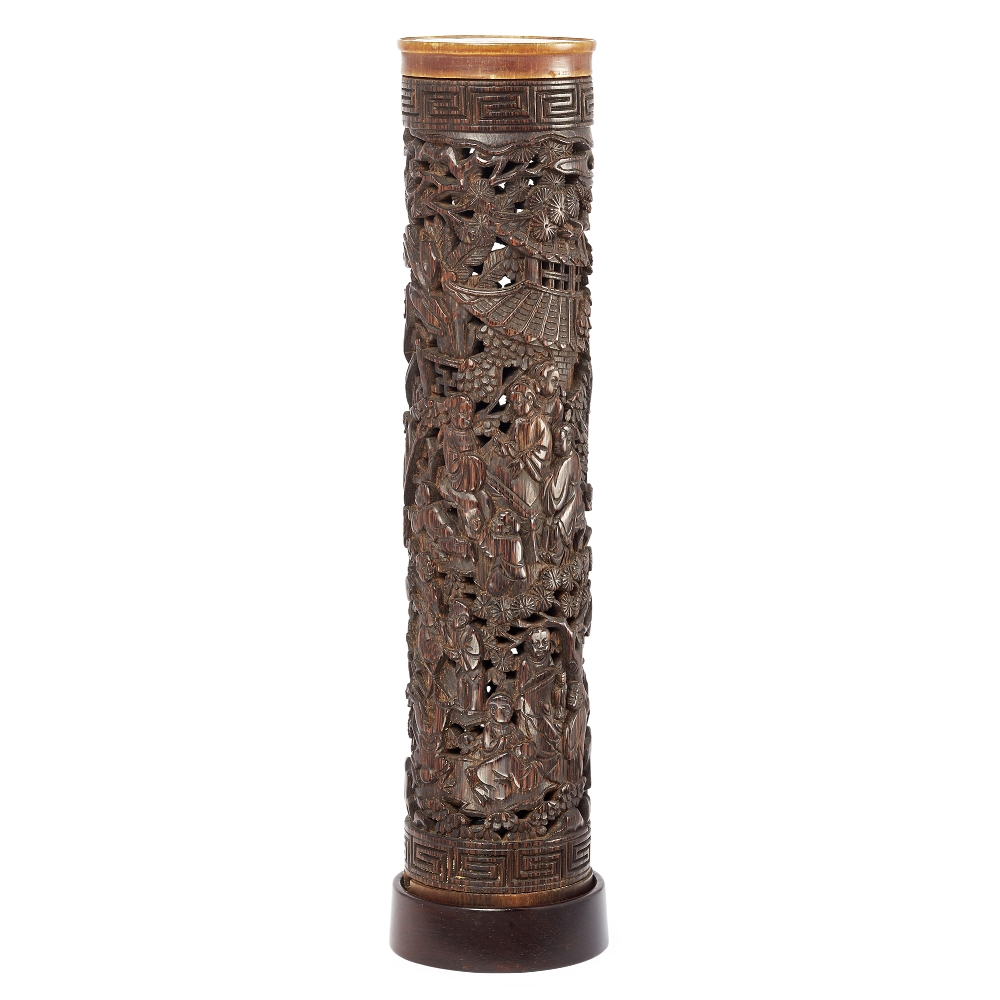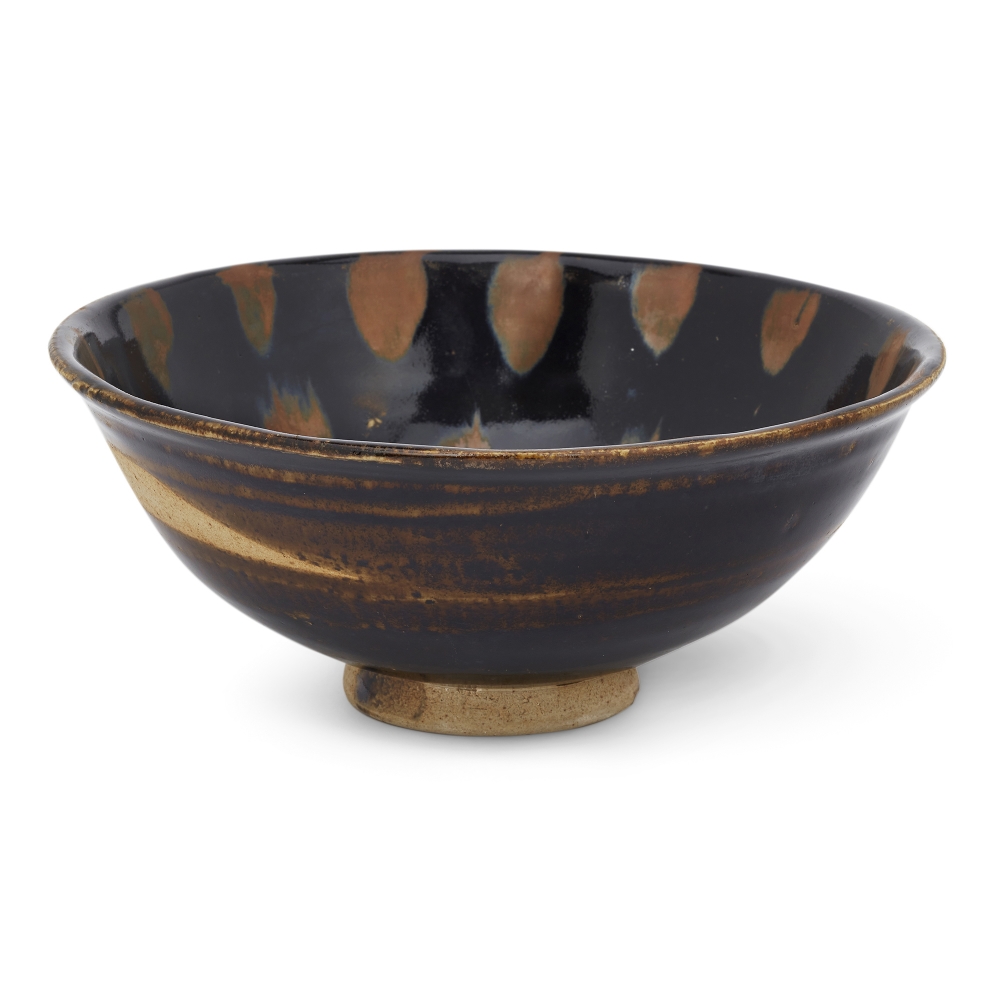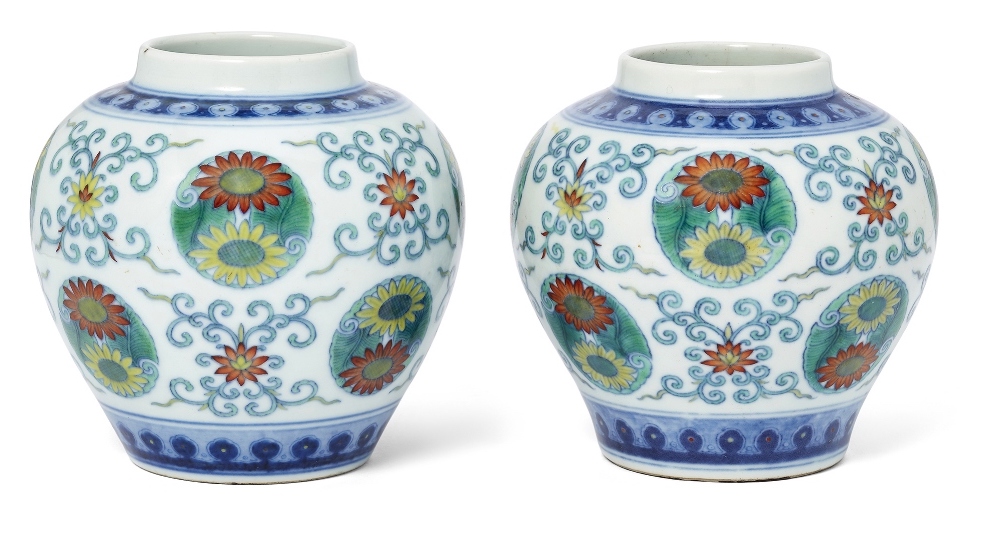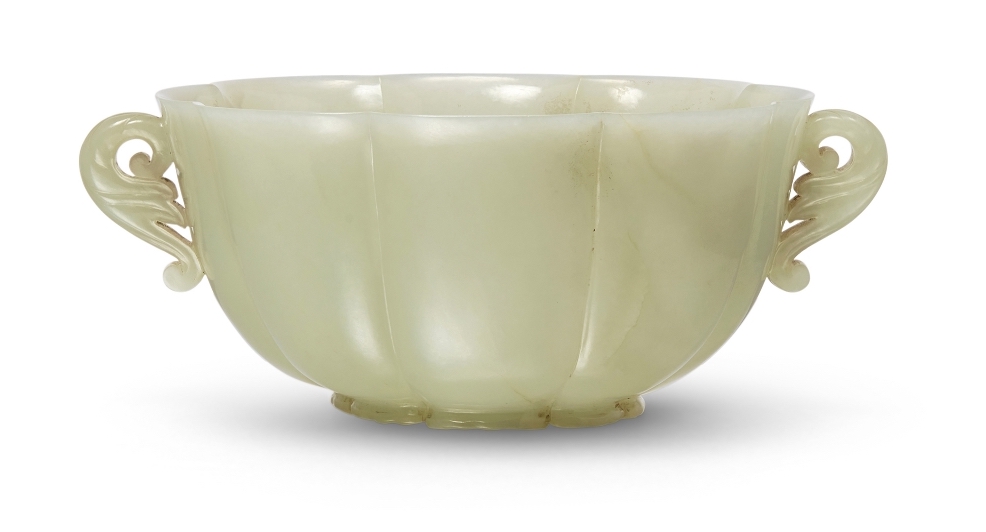Two collections part of Asian Art sale
 Items from two large private collections will feature in London auction house Roseberys’ forthcoming Chinese, Japanese, & South East Asian Art auction over the course of two days.
Items from two large private collections will feature in London auction house Roseberys’ forthcoming Chinese, Japanese, & South East Asian Art auction over the course of two days.
One collection is that of a British studio potter featuring early Chinese ceramics from numerous regions and kilns, indicating the inspiration for much of their work, and the other from France, an esoteric collection of Chinese works of art collected in 1929.
Head of department Bill Forrest commented how “the breadth of objects in the sale is astonishing, and with international travel very much back on the menu for individuals in China, we are excited to have people appreciate the superb quality on offer in the flesh”.
There are several highly anticipated lots coming to auction on May 16 and 17, including unique religious robes, ancient Chinese jades, Japanese woodwork, and a Buddhist bronze artwork from Tibet.
Items from the private collection formed by Captain André Le Gac (1895-1960) in China in the 1920s, during which time he was the captain of a Yangzi river gunboat, encompasses Chinese jades, textiles, lacquer, bamboo, jewellery, and works of art. The Captain collected a number of fine textiles, including two Daoist priest’s robes and a Buddhist monk’s robe.
Elsewhere, a carving on a naturally darker species of bamboo has a design showing ladies and boys engaging in the typical activities of scholars and grown men, including calligraphy, acrobatics, and bird hunting. The carving is executed with exceptional depth and the details are very fine and well rounded, as is typical of 17th and 18th century artistry.

Roseberys are also fortunate to be presenting items from the collection of a British studio potter, whose interest in glazes in the Chinese tradition of porcelain manufacturing and underglaze blue decoration is evident in the breadth of the collection which includes many Song / Yuan Dynasty and Song-style wares as well as early Annamese and Thai and Chinese Ming wares. Highlights from this collection include a Chinese Henan black-glazed russet-splashed bowl acquired from Robert McPherson Antiques.

One expected highlight of the sale is an associated pair of Chinese doucai ‘lotus and chrysanthemum’ jars made during the reign of Emperor Qianlong. Each 11.5 cm high jar has been finely painted in underglaze blue and enamelled in iron-red, yellow, and green enamels with roundels of chrysanthemum flowerheads, interspersed with leafy lotus meanders. The base of each jar features Qianlong six-character seal marks in underglaze blue.
The design – as is often the case with doucai-enamelled 18th century Imperial porcelain – is inspired by a Chenghua prototype, and while no exact prototype can be found for this design, its pattern is known in bowls like those found in the waste heaps of the Ming imperial kilns at Jingdezhen. Roseberys are sure that this lot will garner interest at auction, as pairs of jars of the same design have successfully sold at Sotheby’s London (2021) and Christie’s Hong Kong (2013) and have featured in significant exhibitions in both China and Japan. These jars would have been used to store tea leaves, and chrysanthemum’s hold Chinese cultural significance as symbols of vitality, happiness, and longevity, partly due to their ability to bloom in the colder months.

A Chinese Mughal-style pale celadon jade lobed twin-handled bowl, dating from the 17th or 18th century Qing Dynasty is another sale highlight. The 7.5 cm high oval lobed bowl features carved foliate handles and its foot is carved delicately in the form of a camellia with folded petal tips. In China, camellias have been thought to symbolise undying union between lovers because of their tightly layered petals and stems. In the 18th century, jade objects made in Mughal workshops in India were imported into China, becoming a favourite of the Qianlong Emperor and making a huge impact on Chinese design. During his reign, he composed 57 poems inspired by Mughal-style jades, established jade workshops for their production on palace grounds, and built his own large collection. 2,500 years ago, the Chinese philosopher Confucius compared jade to human virtue, and it has long been thought of as ‘the stone of heaven’, symbolising longevity, immortality, and good luck. The bowl is offered with distinguished provenance; formerly in the R.M.W. Collection, it was sold at Christie’s in 1945 to John Sparks Ltd., from whom it was purchased by Robin Marx (1923-1975), and subsequently handed down through the family to the current owner.

A magnificent Tibetan gilt bronze figure of Mañjuśrī, one of the Eight Great Bodhisattvas (or ‘Eight Close Sons’) of the Buddha Śākyamuni, will also be available for sale on May 16. The one-face-four-arms form was mentioned in the Charya Tantra, but is rare as most examples of Mañjuśrī in this form hold a bow and sword in its upper hands. Mañjuśrī’s name means ‘Gentle Glory’ in Sanskrit, and is the Buddhist personification of wisdom. By the 5th Century, it was believed that Mañjuśrī’s home on earth was China’s ‘Five Terrace Mountain’ (Wutai shan), and during the Tang dynasty they were believed to be the patron saint of China.

A fine Chinese zitan table dating to the 18th or 19th century Qing Dynasty should attract attention. Zitan is one of the three most sought after woods used in classical China – together with huanghuali and jichimu. It is distinctive for its extreme density, weight, dark hue and distinctive ‘silver speckles’ within the grain. Its deep colour associated zitan with wealth and status in ancient China. Classical Chinese furniture tends to have very simple forms with delicate carving only to friezes – dense decoration tends to be indicative of later Qing production. With its clean lines and delicate shallow carving of bats (a symbol of good fortune) and clouds is exemplary of mid-Qing production.

A final highly anticipated highlight is a painting from the early 19th-century Chinese School. Paintings like these had been popular since the 17th or 18th century as both court paintings and artworks for export. The original inspiration for this work was that of the ‘gengzhi tu’, also known as ‘tales of tilling and weaving’. These often-represented rice production or sericulture (the cultivation of silkworms and extraction of silk); they appealed to the Imperial taste due to the centrality that agriculture had within the Chinese economy. Examples of court albums of this subject are known where Imperial princes or Emperors are painted within the set. This subject however was also popular within the export market, as both rice cultivation and sericulture became symbols of Chinese culture in the West. The present lot belongs to the latter category of sets produced to be exported to the United Kingdom or Europe, where there was a particular fascination with the silk-production process.


